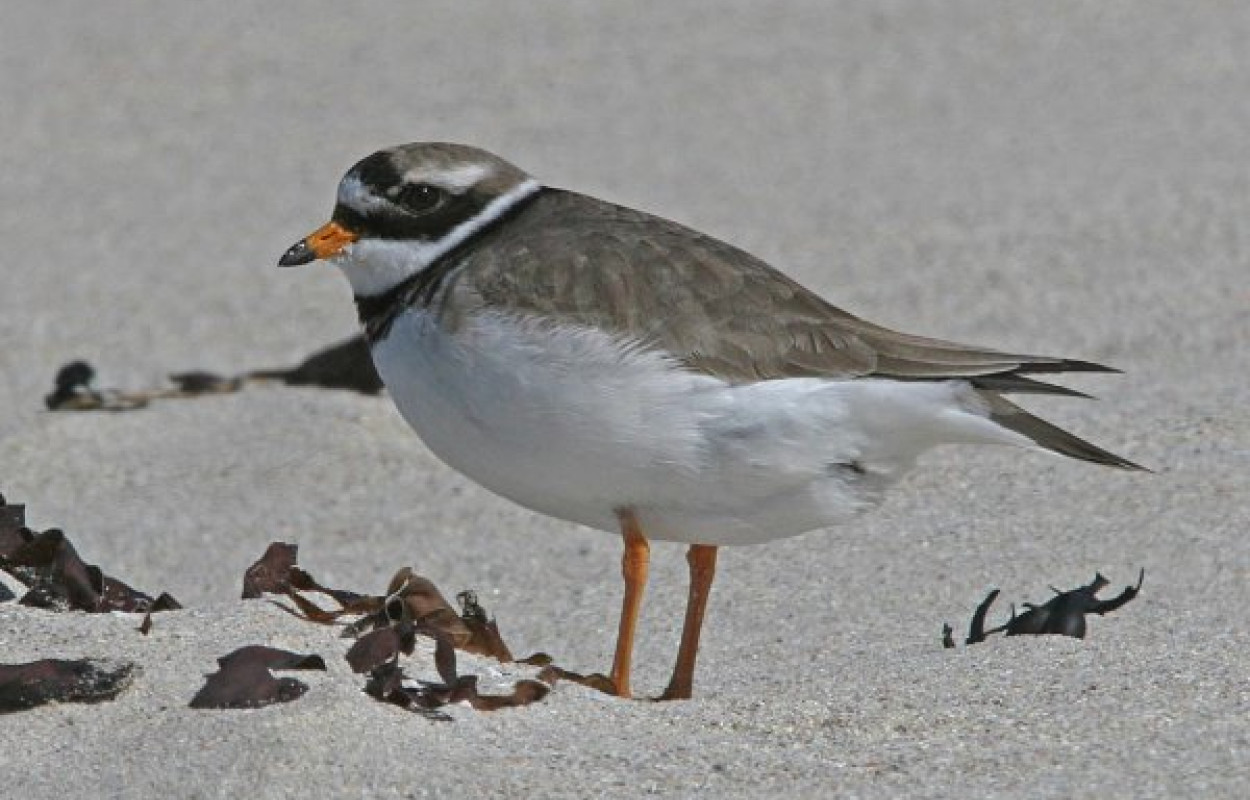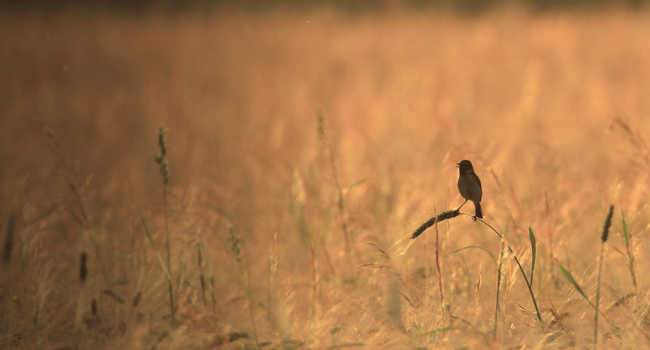Changes in breeding wader assemblages, vegetation and land use within machair environments over three decades

Author(s): Calladine, J., Pakeman, R.J., Humphreys, E., Huband, S. & Fuller, R.J.
Published: January 2014
Journal: Bird Study Volume: 61 ( part 3 )
Digital Identifier No. (DOI): 10.1080/00063657.2014.917604
The Uists in the Western Isles (Outer Hebrides) are home to a rare habitat known as “machair”, which is a vegetated plain of calcareous shell-sand. This habitat grades into acidic peat-based moorland, creating a unique complex of habitats consisting of dunes, pasture, cultivated sandy plains, damp grassland, wet marsh and emergent loch-edge vegetation. Collectively these habitats support exceptionally large breeding populations of waders, particularly Dunlin, Lapwing, Redshank, Ringed Plover, Oystercatcher and Snipe. There is strong evidence that egg losses to Hedgehogs, which were introduced in the 1970s, have been responsible for declines in some of these populations. However, declines in, for example, Dunlin and Ringed Plover have been recorded in areas not colonised by Hedgehogs, and some increases since 2000 have occurred in breeding wader species at sites known to support high numbers of Hedgehogs, suggesting other factors might also be at play.
A new study by the BTO and the James Hutton Institute investigated the role of changes in vegetation and agricultural practices using data spanning three decades from breeding wader and vegetation surveys, along with interviews with local land managers to assess trends in land-use. Numbers of Oystercatcher and Redshank have increased during this time, while those of Dunlin and Ringed Plover have fallen, and Lapwing has remained stable. There were also changes to machair cultivation - the area of land cultivated was the same, but the habitat mosaic created had become simpler and more homogeneous, with deeper ploughing and a greater reliance on inorganic fertilizers instead of the traditional practice of using seaweed. Reductions in Dunlin and Ringed Plover were smallest where soil fertility and machair cultivation had changed the least. Reduced soil fertility is generally associated with a loss in macro-invertebrates, which could affect the availability of prey favoured by these species. In contrast, Oystercatcher numbers rose on less fertile soils, and it is possible that this species is benefitting from an increase in earthworms brought about by greater agricultural intensification. Decreasing soil moisture and increasing soil salinity also appear to have negative effects on some wader species.
The next important step in understanding the drivers behind the changes in the breeding wader populations should include an examination of the interaction between vegetation changes, disturbance and predation pressures exerted not only by Hedgehogs but by Common Gulls, corvids, raptors and mustelids as well. This could be achieved by experimental manipulation in order to simulate possible management scenarios, and would inform how to conserve these nationally important breeding wader populations.
Abstract
Collectively these habitats support exceptionally large breeding populations of waders, particularly Dunlin, Lapwing, Redshank, Ringed Plover, Oystercatcher and Snipe. There is strong evidence that egg losses to Hedgehogs, which were introduced in the 1970s, have been responsible for declines in some of these populations. However, declines in, for example, Dunlin and Ringed Plover have been recorded in areas not colonised by Hedgehogs, and some increases since 2000 have occurred in breeding wader species at sites known to support high numbers of Hedgehogs, suggesting other factors might also be at play.
A new study by the BTO and the James Hutton Institute investigated the role of changes in vegetation and agricultural practices using data spanning three decades from breeding wader and vegetation surveys, along with interviews with local land managers to assess trends in land-use. Numbers of Oystercatcher and Redshank have increased during this time, while those of Dunlin and Ringed Plover have fallen, and Lapwing has remained stable. There were also changes to machair cultivation - the area of land cultivated was the same, but the habitat mosaic created had become simpler and more homogeneous, with deeper ploughing and a greater reliance on inorganic fertilizers instead of the traditional practice of using seaweed. Reductions in Dunlin and Ringed Plover were smallest where soil fertility and machair cultivation had changed the least. Reduced soil fertility is generally associated with a loss in macro-invertebrates, which could affect the availability of prey favoured by these species. In contrast, Oystercatcher numbers rose on less fertile soils, and it is possible that this species is benefitting from an increase in earthworms brought about by greater agricultural intensification. Decreasing soil moisture and increasing soil salinity also appear to have negative effects on some wader species.
The next important step in understanding the drivers behind the changes in the breeding wader populations should include an examination of the interaction between vegetation changes, disturbance and predation pressures exerted not only by Hedgehogs but by Common Gulls, corvids, raptors and mustelids as well. This could be achieved by experimental manipulation in order to simulate possible management scenarios, and would inform how to conserve these nationally important breeding wader populations.









Share this page